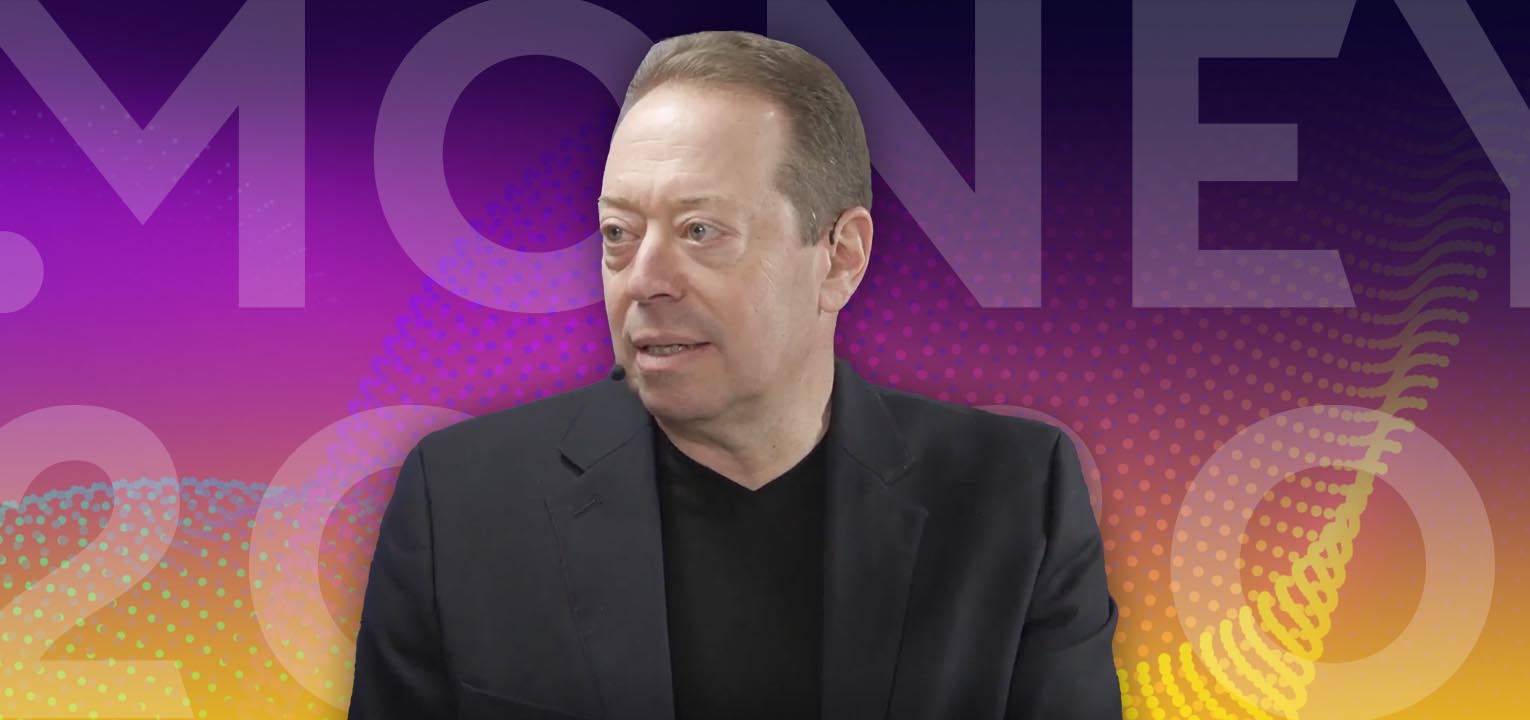By Jody Bhagat, President of Americas, Personetics
The ground is shifting on how banks and credit unions handle overdraft fees. Ally Bank and Alliant Credit Union got the ball rolling by taking a stand to eliminate overdraft fees in 2021. With the early 2022 announcements that Wells Fargo and Bank of America are eliminating NSF (non-sufficient funds) fees and reducing overdraft fees and Capital One eliminating overdraft fees, the pendulum is now in full swing with other institutions soon to follow.
Before all this happened neobanks including Chime, Varo and Dave were promoting “no overdraft fees” as way to attract customers — and were obviously quite successful in doing that.
In addition, regulatory pressure has been building regarding overdrafts, and U.S. institutions are taking action rather than being regulated to do so as in the U.K.
There also exists an opportunity for forward-leaning banks and credit unions to take a proactive approach to solving customer needs while deepening relationships. That involves the use of data and analytics to prevent overdrafts with advice and product recommendations that add value for the customer while improving revenue opportunities for the institution.
The 4 Ps of Overdraft Response
Let’s take a closer look at the current industry response landscape. The banking industry has responded to the issue of overdraft fees in four primary ways:
1. Policy — Changing their fee structure by eliminating overdraft fees (Capital One, Ally, Alliant) and NSF fees or introducing accounts with no overdraft option.
2. Pricing — Reducing overdraft charges and capping daily fees, such as the moves by Bank of America and Wells Fargo.
3. Process — Introducing process changes that allow a grace period to help customers cure their account — such as PNC’s Low Cash Mode — or eliminating fees for low overdraft amounts (e.g. <$50).
4. Product — Some institutions are taking a more creative approach, introducing specific products and features to not just reduce fees but help customers address their cash flow situation reactively. Three examples:
- Huntington Standby Cash: A digital-enabled line of credit ($100 to $1,000) that is offered to customers based on their checking deposit history.
- Truist One: An overdraft buffer up to $100 plus a line of credit up to $750 based on transaction activity.
- Dave: This fintech offers customers a no-interest advance up to $250 and does not allow overdrafts.
The Fifth P of Overdraft Strategy: Proactive
While all four Ps are important tools to reduce the hardships of overdrafting, a fifth P — Proactive — is in a different category altogether. With advanced data and analytics, financial institutions have the capability to help anticipate when customers may have upcoming liquidity issues and address the situation proactively.
Root Cause:
There are real needs behind why people overdraft. Removing or reducing the ‘penalty’ is great, but addressing the need is even better.
By modeling customers’ cash flow patterns and applying a balance forecasting algorithm, banks and credit unions can analyze customers’ historical and scheduled activity patterns to identify low-balance or negative-balance situations that might occur prior to the next deposit. More broadly, institutions can help customers determine why liquidity issues are occurring, and provide options to address the situation.
Sometimes forgotten in all the debate and announcements is that overdraft services provide solutions for a legitimate need and are valued by some customers. Beyond the question of whether banks and credit unions should charge overdraft fees, the industry should take a more nuanced look at the fundamental customer issues.
Dig Deeper: Why People Don’t Want Banks to Pull the Plug on Overdraft Services
Here are four vastly different situations behind why customers overdraft:
- Live paycheck to paycheck: Jim is experiencing multiple cash flow crunch situations every quarter and overdrafts repeatedly. Jim’s income may be volatile or barely enough to cover expenses.
- Hardship: Martha has experienced a recent setback (e.g. income loss or significant medical expense) that is likely to create a near-term overdraft situation and run-up of credit lines.
- Mismanagement: Tom has mismanaged the timing of deposits and payments for a given month, resulting in an overdraft condition.
- Affluent mistake: Jen has plenty of funds on deposit overall but unwittingly gets caught in an overdraft condition with a particular account.
Since the context for all these situations is different, why use one approach to address them? By cleansing and analyzing transaction data, financial institutions can understand the context of the overdraft situation. Machine learning techniques can be used to identify and implement options to avoid an overdraft in a way that suits the needs of each customer.
Combination of Reactive and Proactive
It’s commendable to help customers resolve overdrafts after they occur. But there is also significant opportunity and value in deflecting potential overdrafts before they occur.
Here are some features banks and credit unions should consider for a customer-centric overdraft offering:
- Proactive insights: Understanding customers’ cash flow patterns and anticipating liquidity issues.
Upcoming activity calendar: Provide customers with a rolling 30-day calendar of all expected activity, highlighting those periods when cash flow may be tight.
- Personalized advice: Based on context, advise customers on the most appropriate actions to resolve a cash-flow squeeze. This may include moving in external funds, enrolling in overdraft protection, setting up emergency savings or a pre-approved unsecured line of credit.
- Topping up: Moving money automatically from any other deposit or cash account where the customer has funds to cover an overdraft condition.
- Split payments: Offer a solution to move a large purchase from a credit card to a three or six-month installment loan for qualified customers.
Overdraft fees have represented a meaningful amount of net income for most financial institutions (6% to 7%). While some institutions have been reluctant to forego that revenue, the potential upside of an effective, personalized, customer-centric overdraft program can be an even more sizable opportunity.
By identifying the root cause of a customer’s overdraft issue, and solving it, banks and credit unions can increase customer satisfaction and deepen relationships to boost customer lifetime value.
















